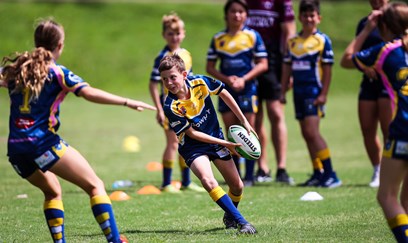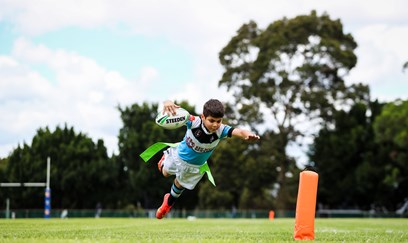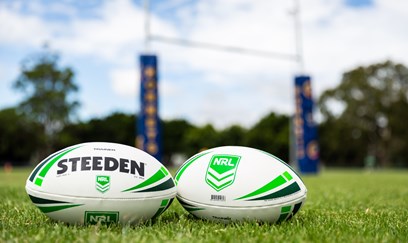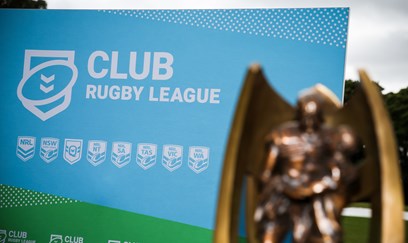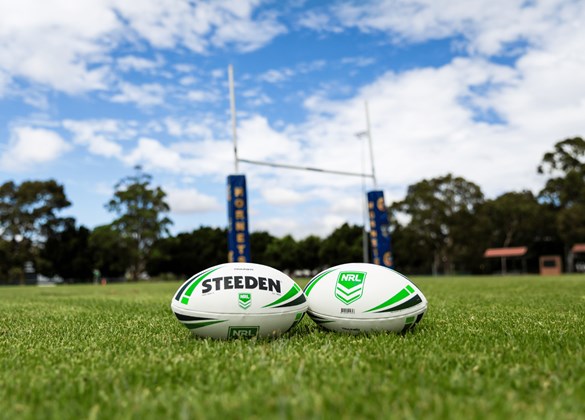Stages of Development
The Developmental Model of Sport Participation (DMSP) is a model of athlete development which has been comprehensively researched and refined over the last 20 years. The DMSP is based upon theoretical and empirical data and describes the processes, pathways, and outcomes associated with sport development throughout childhood and adolescence.
Sampling
Sampling
The sampling stage Is the most important phase for a young sports person, occurring approximately between the ages 4 and 12. It is recommended that children of these ages try different sports, and different positions within sports, allowing them to explore his or her skills. Benefits in adopting an early sampling pathway may lead to a longer playing career, enhanced peer relationships at an older age, increased physical capacity and motor skill base, increased ability to transfer motor and psychological skills to other sports, increased motivation and confidence, and self-direction.
Recreational
The recreational stage is for young people aged 13 through to adulthood, who have no other aspiration in the game other than making friends, staying fit and having fun. Around the time a child turns 13 they should be able to choose whether they want to remain a recreational player or start to specialise in the sport. This doesn’t mean a player can’t change their mind later. This stage should adopt lower levels competitiveness and commitment and focus more on the social benefits of playing sport.
Specialising
The specialising Phase focuses on players aged between 13 and 15 who show a level of aspiration towards their sport. It requires an increased level of commitment without becoming too entrenched and over-committing. It’s important that the player has his/her own intrinsic motivation for playing their chosen sport and it is recommended that children of this age get to choose whether to participate in more specialised programs.
Investing
The investing stage which starts at about the age of 16 is where the sport becomes a central feature of talented player’s life. When a player is talented and strives to develop that talent to the fullest, this phase requires long hours of training, intense coaching or studying of the sport, and participation in competitive events.
Research
Return to Framework
Find out more about the Player Development Framework (PDF).
